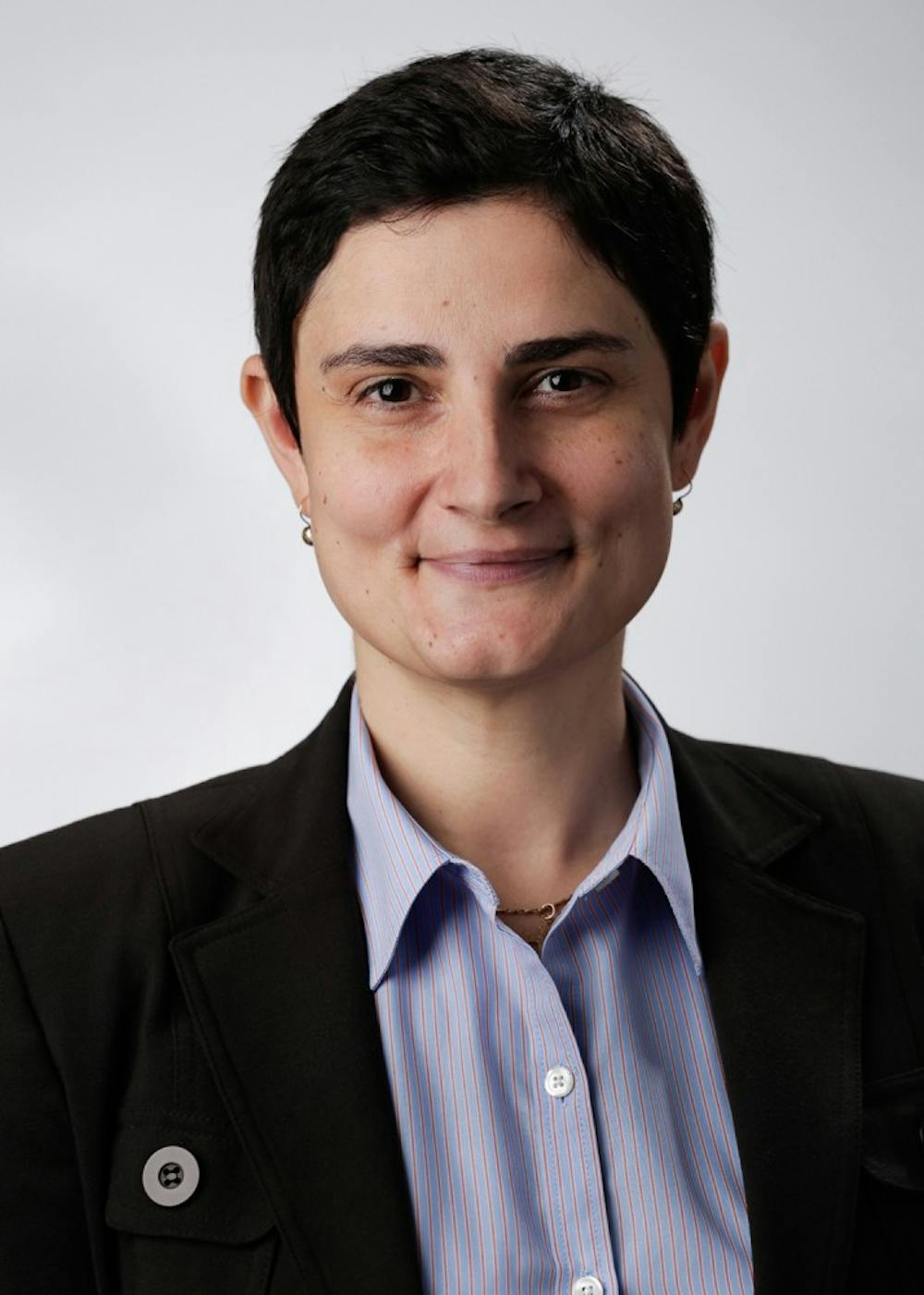Camelia Kuhnen, professor of finance in the Kenan-Flagler Business School, was named one of Poets and Quants’ best 40 under 40 professors in 2016. Kuhnen has a background in neuroeconomics and behavioral finance.
Staff writer Katie Rice sat down with Kuhnen to discuss her job and future plans.
THE DAILY TAR HEEL: Could you give me a brief explanation of what neuroeconomics is?
CAMELIA KUHNEN: It is a relatively new research field, which is combining insights from neuroscience and economics to make better sense of economic behavior, of how people make decisions that concern their finances, their labor market outcomes, their consumption choices and so forth.
DTH: And what is behavioral finance?
CK: Behavioral finance has been an effort to put together what we know from psychology and economics or finance to understand financial decision-making.
DTH: How did you become interested in the topics of neuroeconomics and behavioral finance?
CK: The fun thing about doing this sort of work is that you get asked questions that nobody has asked before. Before I did this work with the Stanford neuroscientist, Brian Knutson, nobody had known how the brain trades off risk and reward, when people have to decide what to do with their money ...
Or another example — this is another paper I did in 2009 with a different co-author — we wanted to know: By looking at a person’s DNA, can you predict something about how much financial risk they’re willing to tolerate? And in that paper from 2009 we borrowed some insights from the medical literature about pathological behaviors involving risk-taking ... So it’s fun! You get asked all kinds of interesting questions. And also, because I have this background in neuroscience, I get ideas about research projects that are of interest to the general population of economists out there, even those who really don’t care about the brain.



